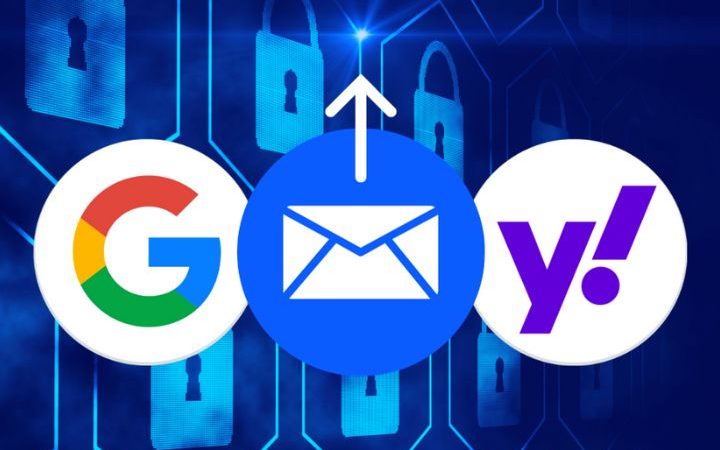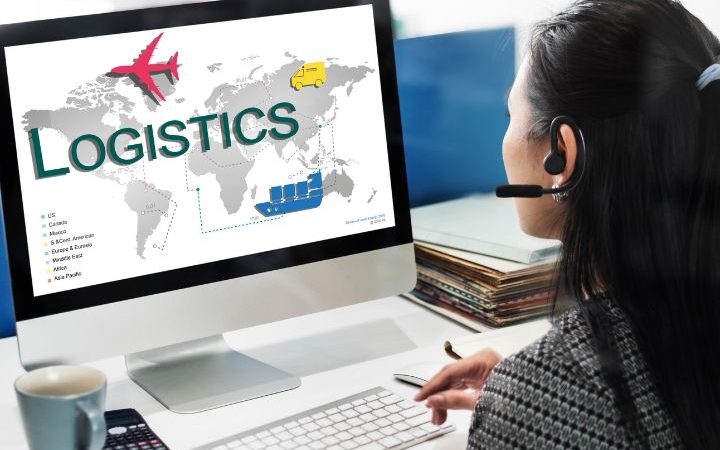Gamification In The Evaluation Of People

There has been much talk lately about gamification. Gartner’s annual study for the digital workplace states that gamification has already passed the peak of hype.
Currently, gamification is in the consolidation phase and is expected to reach its maximum productivity in the next 1 to 4 years. However, there still needs to be more clarity about this concept and what it implies.
In this first post of a series on gamification in people evaluation, we will try to give a precise definition of the term gamification. We will also introduce its usefulness in this field of Human Resources.
We will discuss the main objectives guiding gamification design in people evaluation projects in future posts. We will also talk about the scientific evidence of the application of gamification in this field and the state-of-the-art and future prospects in the people evaluation industry.
Gamification: Clarifying concepts
To give a simple definition and at the same time with great academic acceptance, gamification is the application of game design elements in non-recreational contexts. It is a general-purpose methodology, or meta-method, using game thinking in everyday activities. Game thinking is applying a playful approach to everyday problems.
When the term gamification is heard, an idea comes to mind for many people: points, levels, rankings, badges… the so-called goal metrics. While these are key elements in game design, it doesn’t end there.
The elements that can be used when gamifying an application or service range from reinforcers (improvements, achievements) and instant feedback (points, audio elements), to aesthetic elements (music, graphic design), including the rules of the game, the narrative, interaction, and a long etcetera.
None of these elements is sufficient or necessary by itself: It is argued that gamification is not in the ludic elements themselves but in the ability to offer a ludic experience. The important thing is not how the gamification is done but the result that is achieved.
What can gamification contribute to the evaluation of people?
When we talk about applying analytics to people data in an organization (let’s call it HR Analytics, People Analytics, Talent Analytics, etc.), properly measuring the relevant variables is a key need. In some cases, it can be simple since the variables that interest us will most likely be available in the organization’s digital ecosystem: performance, salary, seniority, etc.
There are other types of metrics, much less accessible, that have great potential in People Analytics – they are the variables of psychological traits. In technical terms, we say that they have great predictive validity. Despite this, any experienced HR technician is aware of the challenges presented by measurement with psychometric instruments.
In some cases, the people we need to show no interest in performing the tasks. Test takers may even be reluctant to volunteer their answers to sensitive questions. This can lead to biases and data quality issues. In addition, it can negatively impact the work environment and/or the organization’s image.
How to motivate the members of an organization, or male and female candidates, to complete these tasks? How can we also get them to do it with interest, precision, and honesty? This is where the potential of gamification comes into play.
Gamification in People Assessment: Design Principles
Above we talked about the result sought when applying gamification to a service. This result will define the objective or objectives of gamification, normally defined in terms of behaviors to promote. These objectives will be the starting point of the design—it would be useless to gamify an evaluation instrument if we were not clear about what we want to achieve with it. Regarding the game elements to implement, your choice will, in turn, depend on the game objectives.
Also Read : Top 10 Brain Games for Android Devices – 2021






